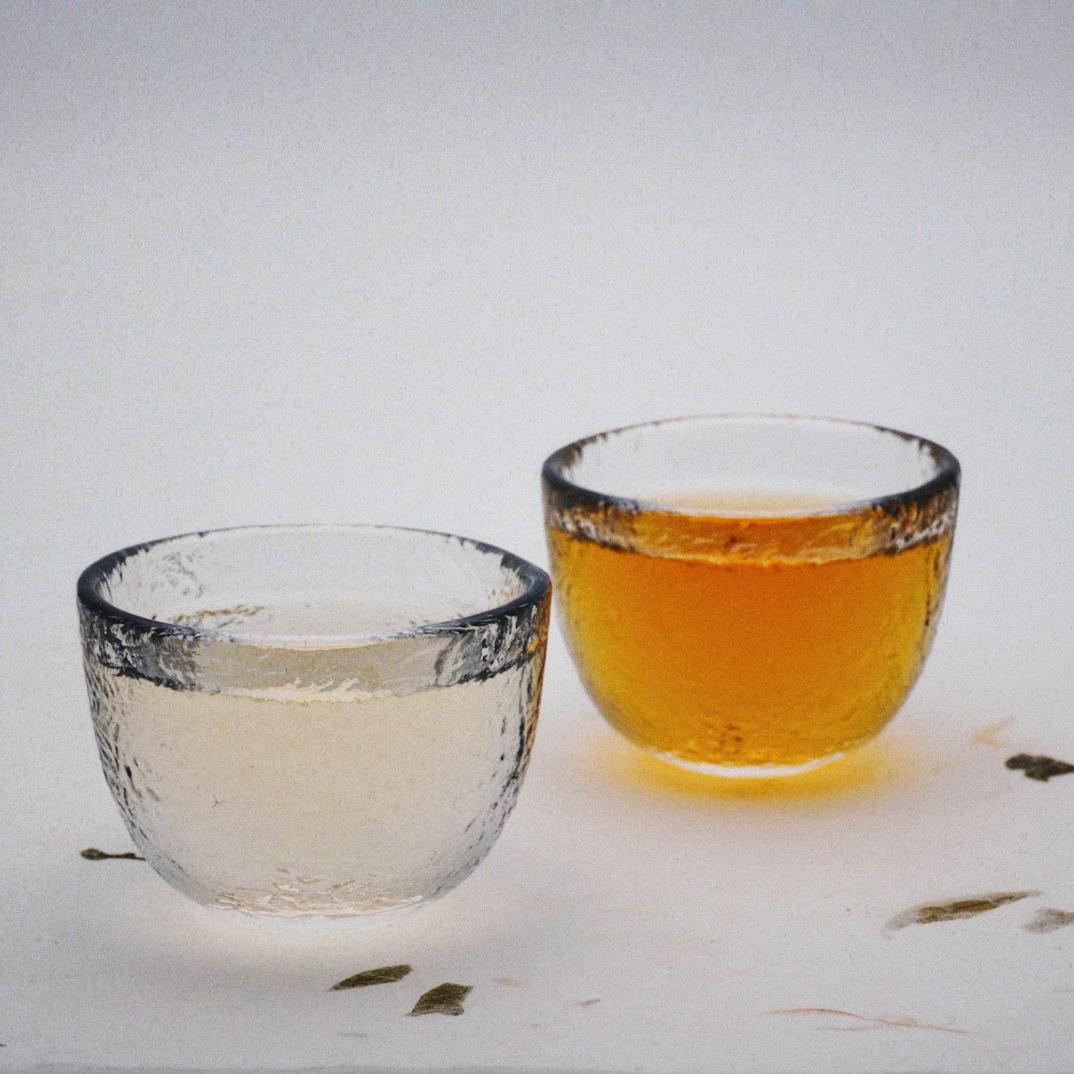
A Beginner's Guide to Finding Your Tea Preferences
Share
Tea is a beverage that has been popular for centuries, and it comes in countless varieties. If you find yourself intrigued by tea but are unsure how to navigate the extensive selection, this guide is here to assist beginners like you in the tea-drinking journey.
This guide focuses on the theme of flavor exploration, providing recommendations based on three key aspects: palatability, diversity, and enjoyment. Developing a taste for tea is a gradual process, a journey of discovering personal preferences and establishing individual standards of enjoyment. So, let's dive in!
Palatability:
Palatability might seem like an abstract concept, but in simple terms, it means that most people, whether tea enthusiasts or not, would likely enjoy the rich aroma of black tea, the refreshing taste of green tea, and the fragrant notes of floral teas. Looking from another perspective, the long history, well-developed tea-making techniques, and widespread consumer demand for black and green teas attest to their palatability. As for floral teas, they combine the inherent flavors of tea with the aromas of flowers, which is why they are favored by tea enthusiasts.
If you enjoy green tea, you might want to try classic varieties like Longjing, Xinyang Maojian, and Biluochun. On the other hand, black tea is the most versatile type, suitable for both hot and cold consumption, commonly found in milk tea shops and coffee houses, offering a wider range of options. For beginners, you can explore Lapsang Souchong, Keemun Black Tea, and Dianhong, which represent the classic flavors of black tea. As your knowledge of black tea grows, you can venture into the realm of noble teas like Jin Jun Mei, a buds-only black tea, or even try lesser-known options like Lichuan Black Tea , renowned for its magical cream down phenomenon. Last but not least, floral teas such as Jasmine Green Tea and Chrysanthemum are excellent choices, especially when seeking relaxation and a sense of pleasure after a long day.
Diversity:
When it comes to diversity, one cannot overlook oolong tea. Its characteristic richness of aroma and long-lasting flavor set it apart from other teas. There is a poetic description that the process of crafting oolong tea is a journey in search of fragrance.
Oolong tea comes in a multitude of varieties, each variety possesses its unique flavor profile. A great introductory choice is Tie Guan Yin, which boasts a strong floral aroma, a fresh taste, and a layered mouthfeel. As you deepen your understanding of oolong tea, you can explore high-mountain oolong from Taiwan or Wuyi rock tea from Fujian. Different regional characteristics and production techniques will provide you with diverse taste experiences.
Apart from oolong tea, yellow tea is also worth discovering. Yellow tea shares a similar production process with green tea, but it undergoes an additional step called "sealed-yellowing," which imparts a unique yellow color and a slight fermentation aroma to the tea leaves. For example, Junshan Silver Needle stands out among yellow teas with its needle-like appearance, delicate taste, and hints of corn and mild sweetness, making it a tea of distinct character.
Enjoyment:
In the world of tea, enjoyment often arises from exploring the vast array of tea leaves and personalized experiences. Pu-erh tea, with its unique aging process and rich flavors, offers a world full of fascination and exploration.
Unlike many other teas, Pu-erh tea has an extended lifespan, and its flavors evolve over time (if stored properly, it can be kept for 30 years or even longer). When discussing the aroma of Pu-erh tea, it implies experiencing not only a single scent but also the transformation from freshness to richness.
Pu-erh tea can be classified into raw (sheng) and ripe (shou). Freshly produced raw Pu-erh typically exhibits a refreshing vegetal fragrance, accompanied by subtle floral or fruity notes, with a slightly bitter taste and notable sweetness, evoking a sense of being in the wilderness. With aging, the fragrance of raw Pu-erh gradually transforms into a complex array of aromas such as honey, dried fruits, flowers, and earthy. The initial bitterness fades away, and the taste becomes mellow and smooth.
In contrast, newly processed ripe Pu-erh may possess a stronger earthy/woody aroma, which is a distinctive smell resulting from the fermentation process known as wet piling (Wo Dui). During this process, tea leaves are piled to a specific thickness, and temperature and humidity are controlled to promote microbial activity and chemical reactions within the tea leaves. With aging, ripe Pu-erh develops more pleasant aromas such as jujube, caramel, and, in later stages, even grain and mushroom notes.
In summary, exploring Pu-erh tea is a long and intricate journey. The changes in aroma, taste, and flavor are influenced by various factors, including storage conditions and the original quality of the tea leaves.
Tea tasting is a journey that begins with curiosity about the unknown, unfolds with discoveries through exploration, and ultimately leads to inner tranquility.
12 comments
vel116
dmp5u9
gkeae1
0jtaly
a51d9r